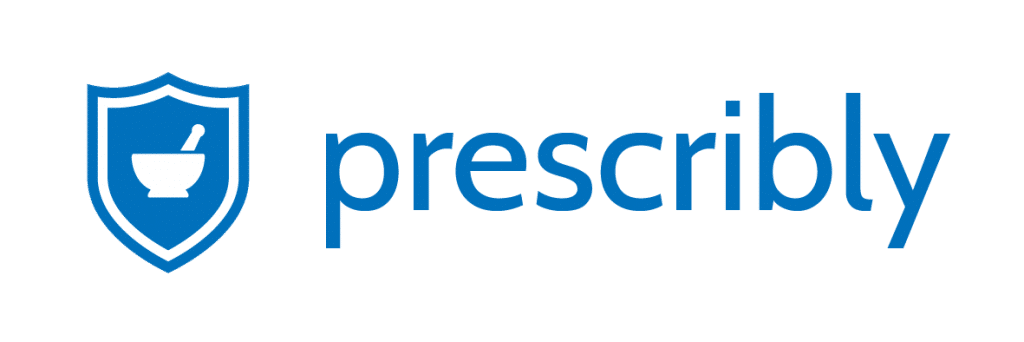3 Reasons Why Pharmacist Are Getting Prescriptive Authority
As healthcare costs skyrocket and the landscape rapidly changes, providers are looking to pharmacists to break out of their traditional practices and fill the gaps with new ways to provide value and care to patients. The movement was originally focused on helping pharmacists provide more clinical services like Comprehensive Medication Reviews (CMR’s), medication synchronization, and medication reconciliation. But after the impact on patient outcomes was realized, the movement has expanded into much more. Now pharmacists are being asked to practice at the top of their license and take advantage of the extensive training they have received.
The newest trend which has started to gain traction in areas across the US, like Idaho, is independent pharmacist prescriptive authority. While this is considered a new concept in the United States, it has already successfully been in practice in the UK and in Canada for almost two decades (since 2000 and 2002 respectively). This success was mirrored with collaborative practice agreements here in the US, such as with prescribing naloxone and birth control. Here are the three main reasons why pharmacists are getting prescriptive authority.
1. Primary Care Provider and Physician Shortage
The aging population in the US is putting new strains on the healthcare system. By 2030, the US population is estimated to grow by nearly 11%, with those over 65 increasing by 50%. Studies estimate the United States could see a shortage of up to 120,000 physicians by 2030. Compounding the problem, another report in 2009 by the American Academy of Family Physicians shows the number of students entering primary care had dropped more than 50%.
Given the predicted shortage of primary care providers in the coming years, pharmacists are well positioned to step in and assist with patient care. As doctors they have extensive training, and a deep understanding of the various treatments for different conditions. Pharmacists are an existing medical professional that we can utilize to help fill the growing gap in patient care.
2. Accessibility
Pharmacists are one of the most (if not the most) accessible healthcare professionals in our system today. Although there are still areas where access to a pharmacy and pharmacists is challenging, NACDS has found that nearly all Americans live within 5 miles of a pharmacy. The existing pharmacy network provides broad coverage of the country and is critical to ensure proper patient adherence to their medication regimen, leading to improved patient outcomes.
Because most patients see their pharmacist more often than any other healthcare provider, this gives the pharmacist the ability to check in on the patient more often – in fact most pharmacists have 35 face-to-face interactions with patients each year. Not only that, patients can walk into a pharmacy and speak with a pharmacist without an appointment, making them one of the most easily accessible healthcare workers in the industry.
3. Relationships
The pharmacy is where all the various treatments and diagnoses by specialists come together as one. The pharmacist aggregates the information provided by doctors and specialists, and tailors the pharmacotherapy to match all the medical diagnoses provided by other professionals. The focus is on the patient and ensuring a trusted professional is providing them with the best treatment possible. The pharmacist is also the connector: they have the connections to refer a patient quickly if they notice a health-condition, such as abnormally high blood pressure, before it becomes a trip to the hospital.
Trust, combined with the frequent visits most patients make to their pharmacy, positions pharmacists to be a logical first line assessment of patient conditions. Many pharmacists have developed long-term and deep relationships with their patients who are already asking them questions about different conditions they may be experiencing. The pharmacist can diagnose and refer the patient to more specialized care in the earlier stages of a condition, reducing overall healthcare costs.
Prescriptive Authority for Pharmacists
The stage is set, and pharmacists are well-positioned to step into this new role. Immunizations have flourished since becoming available through pharmacists, and triage for simple conditions is a simple next step the pharmacists can take to provide better care for patients.
With trainings and assessment sheets already available for most conditions, pharmacists across the country are poised to expand their services to patients and become more integrated in the overall care of patients.
